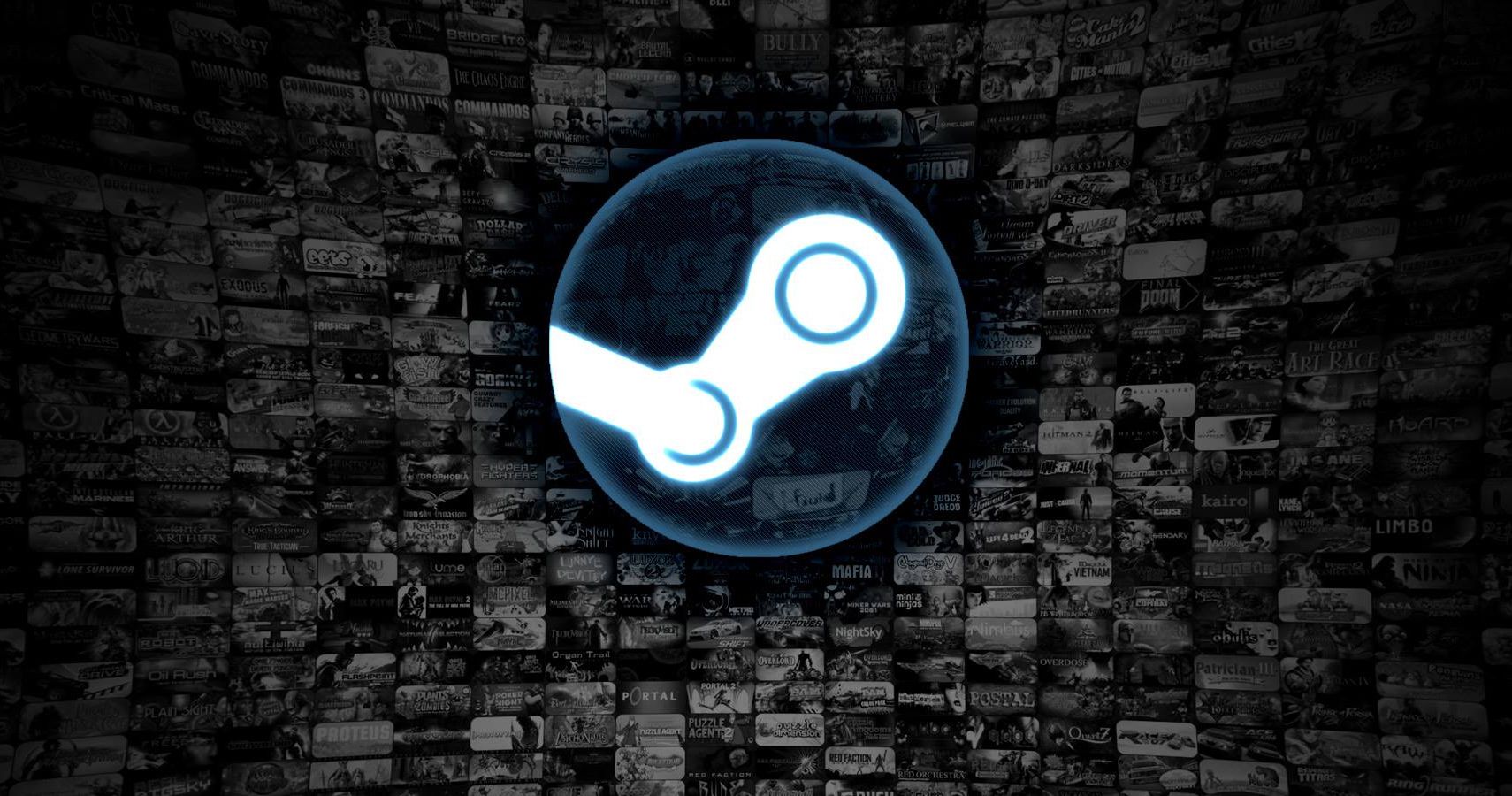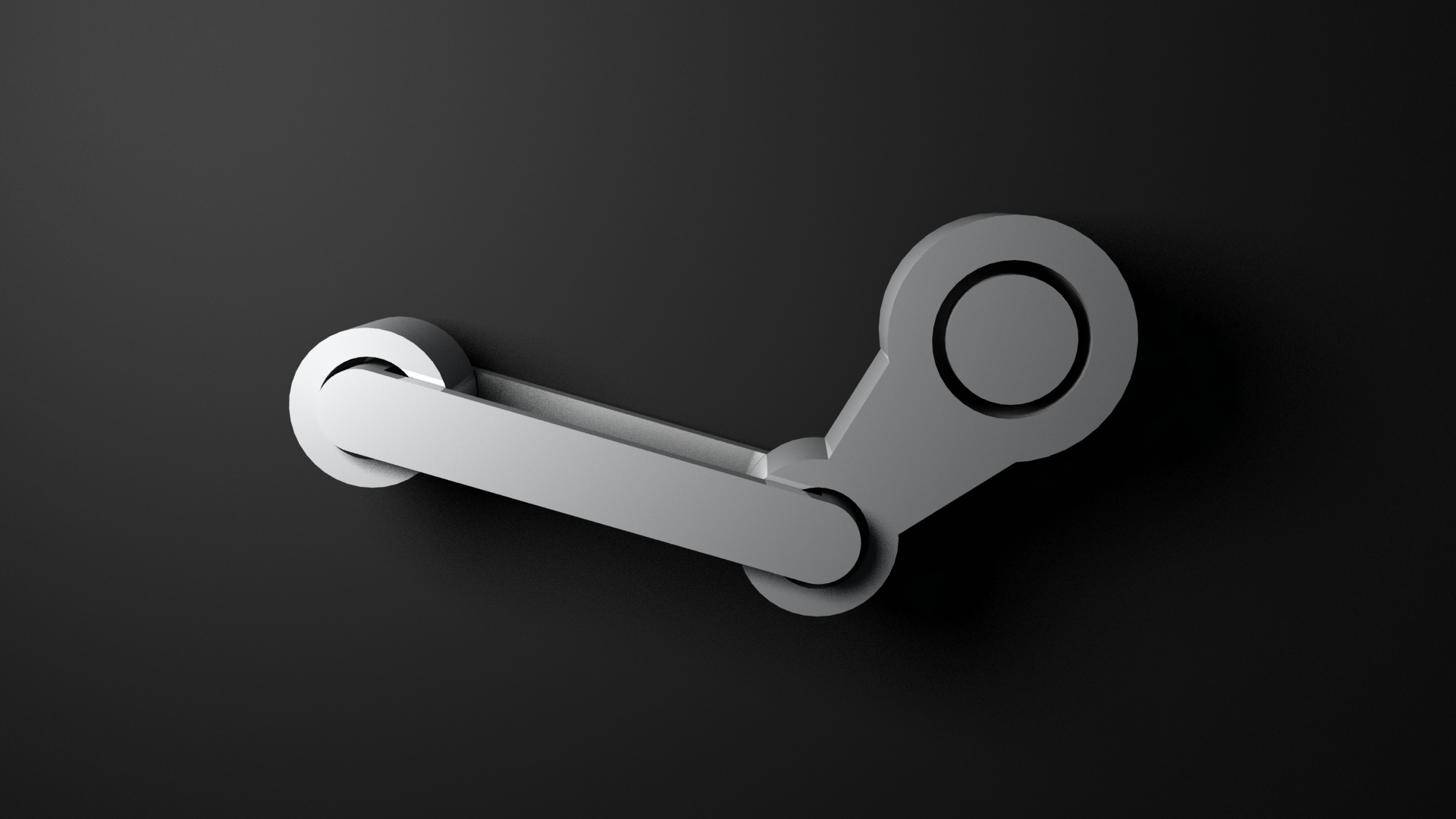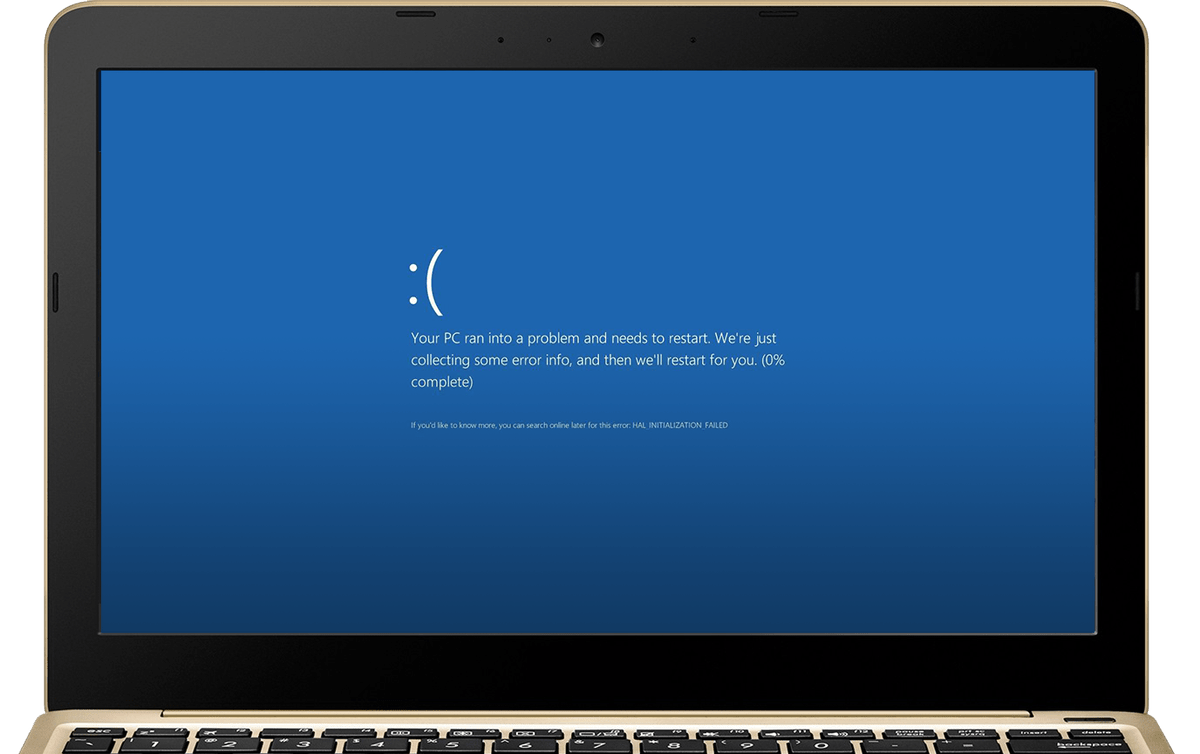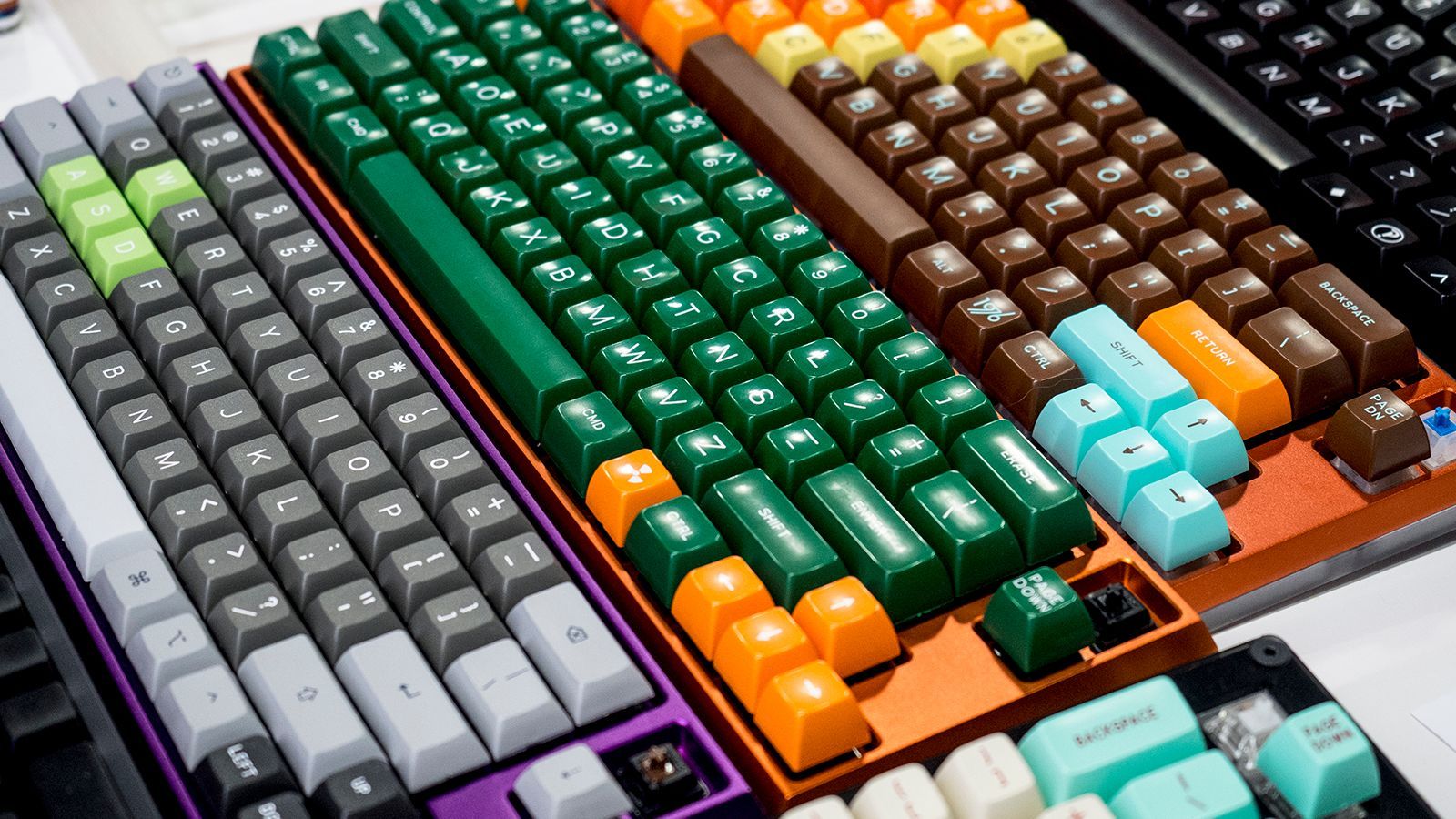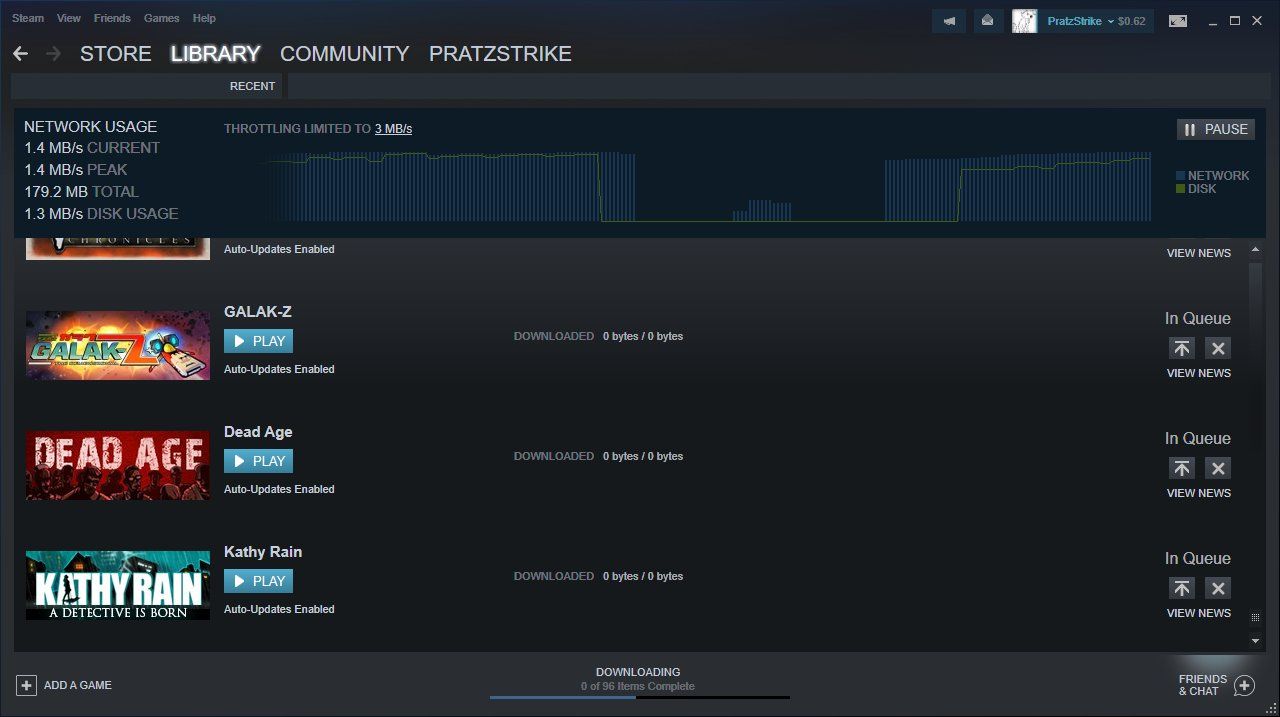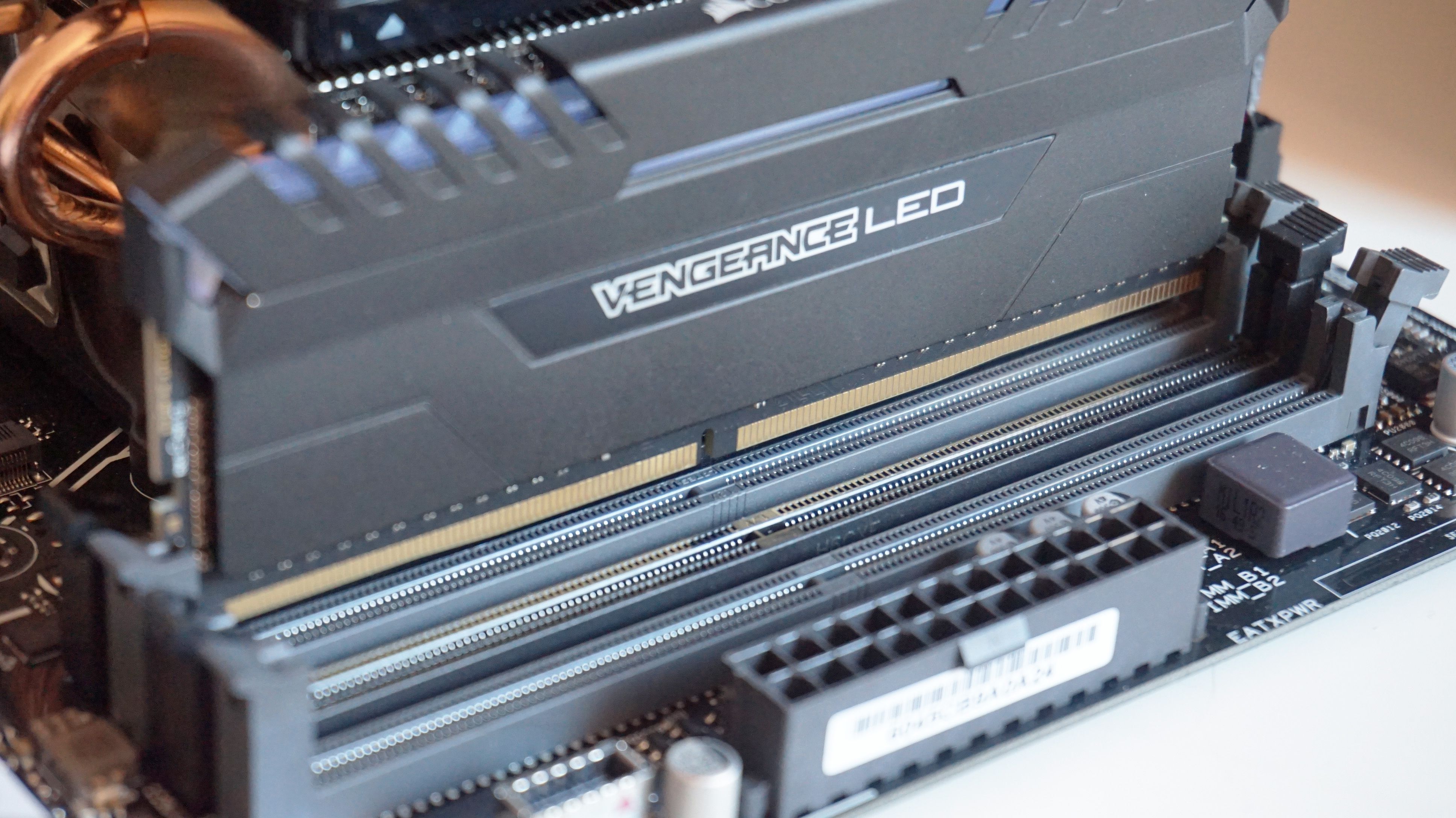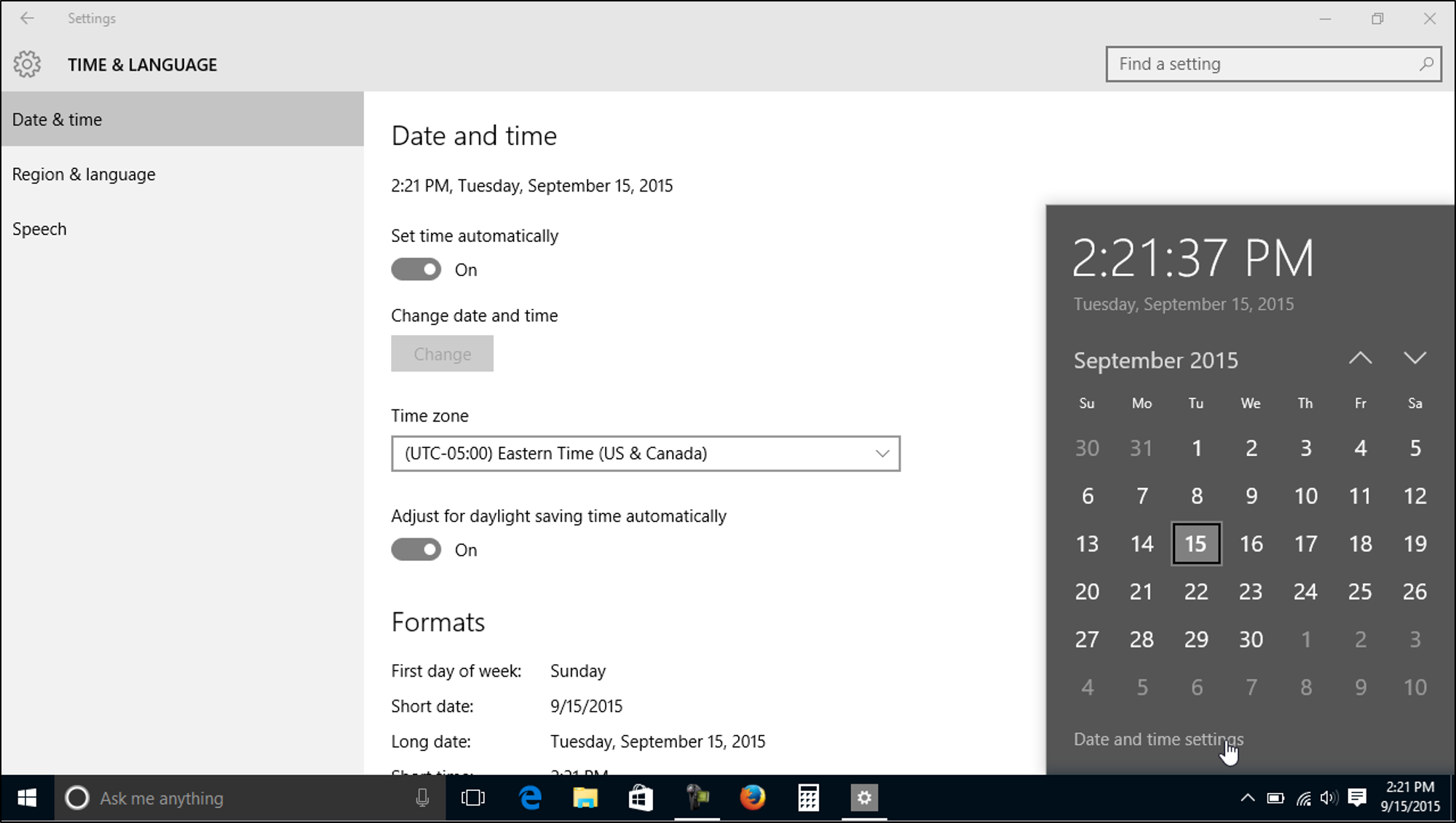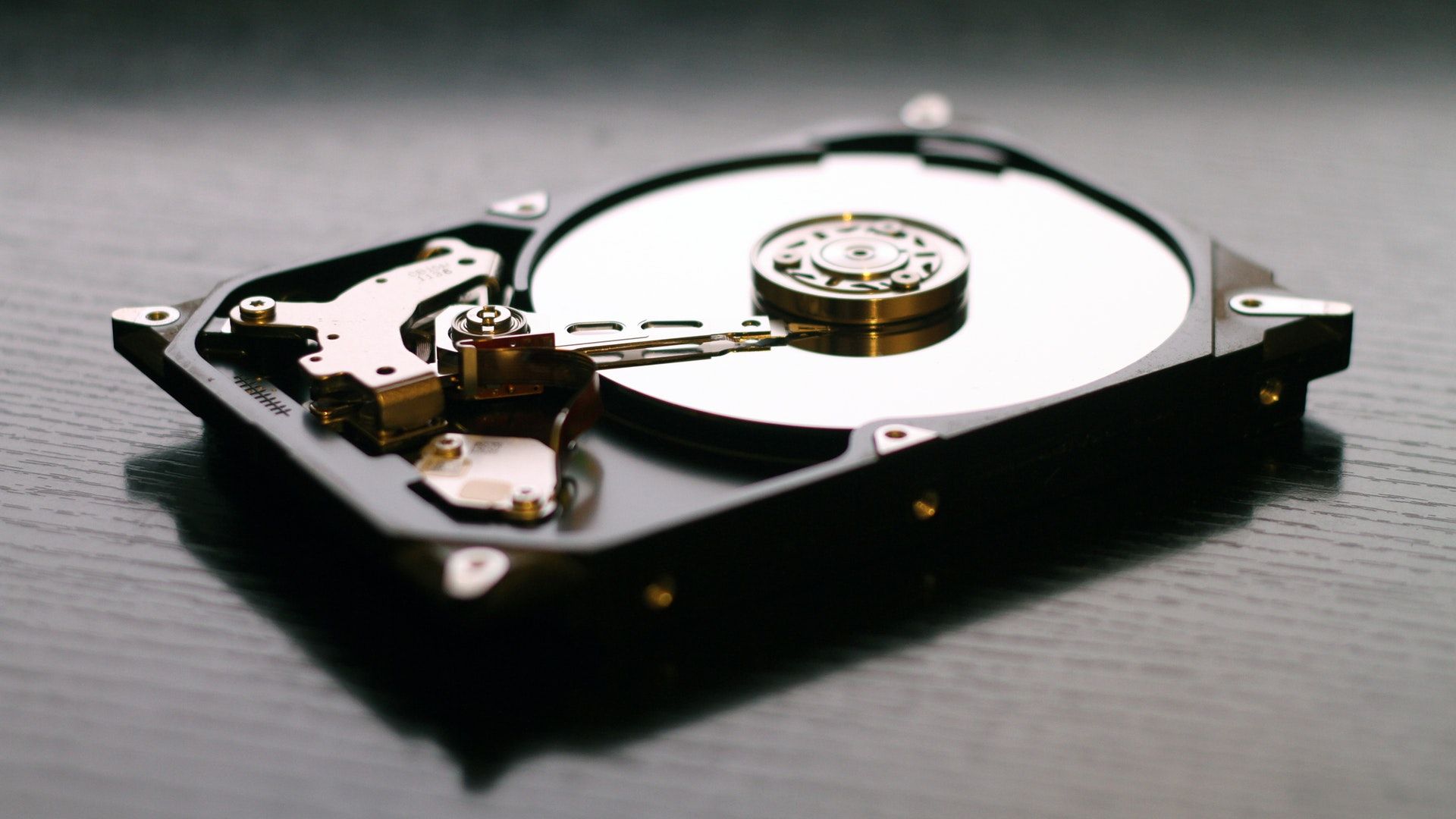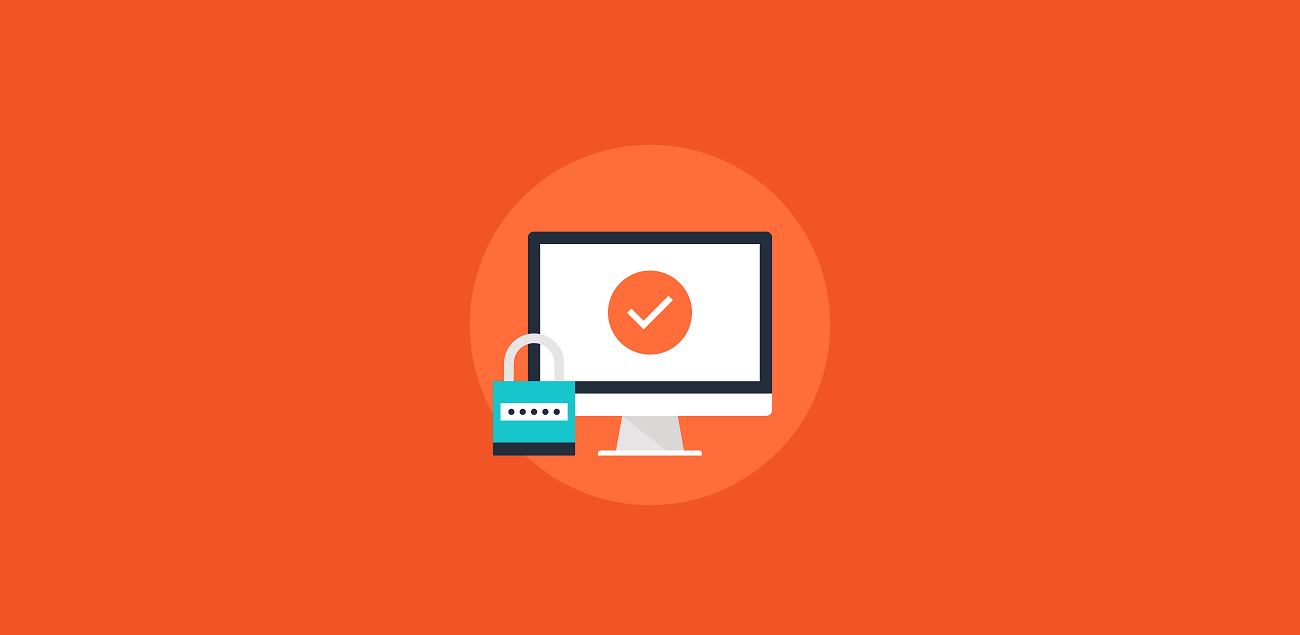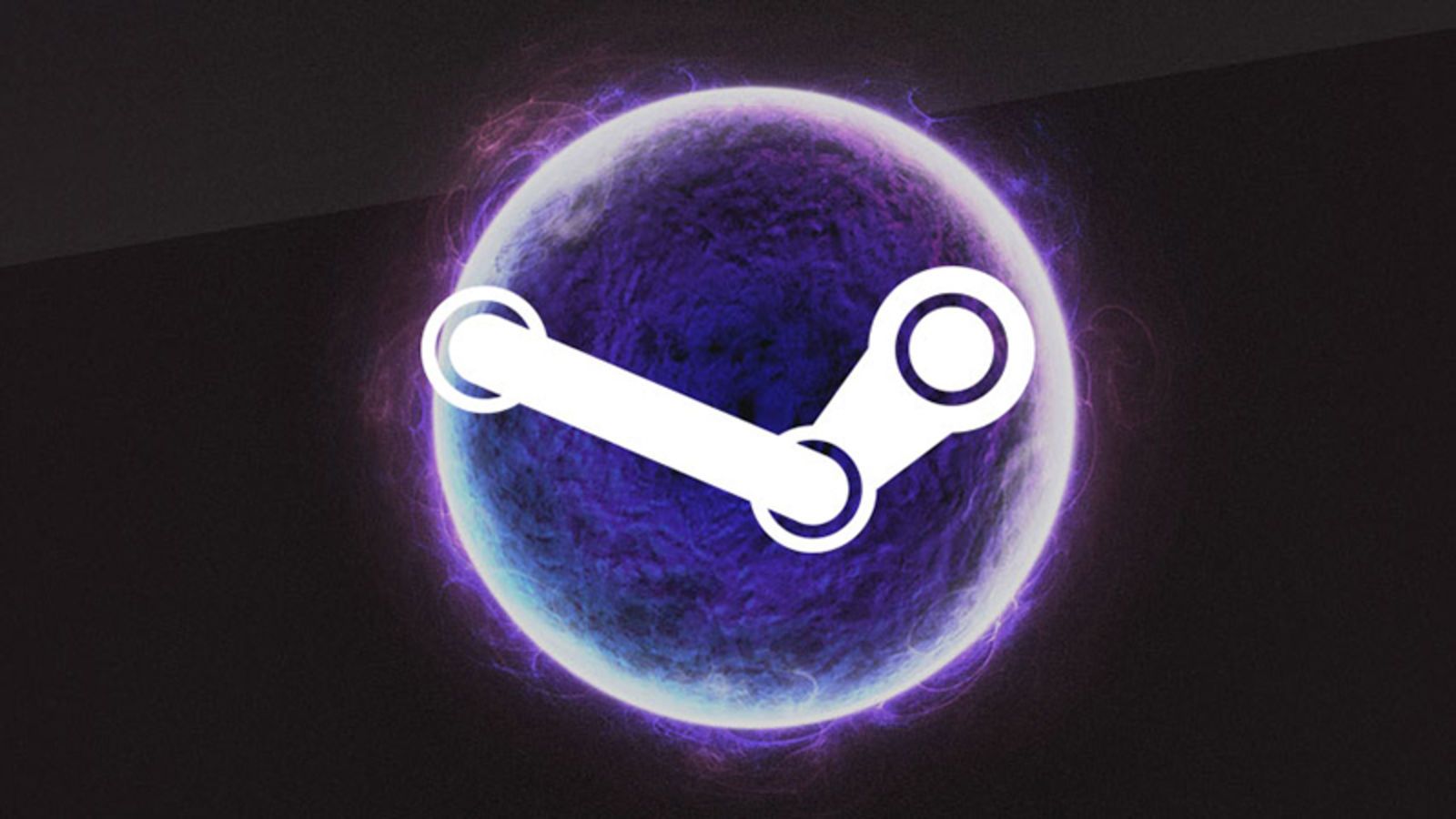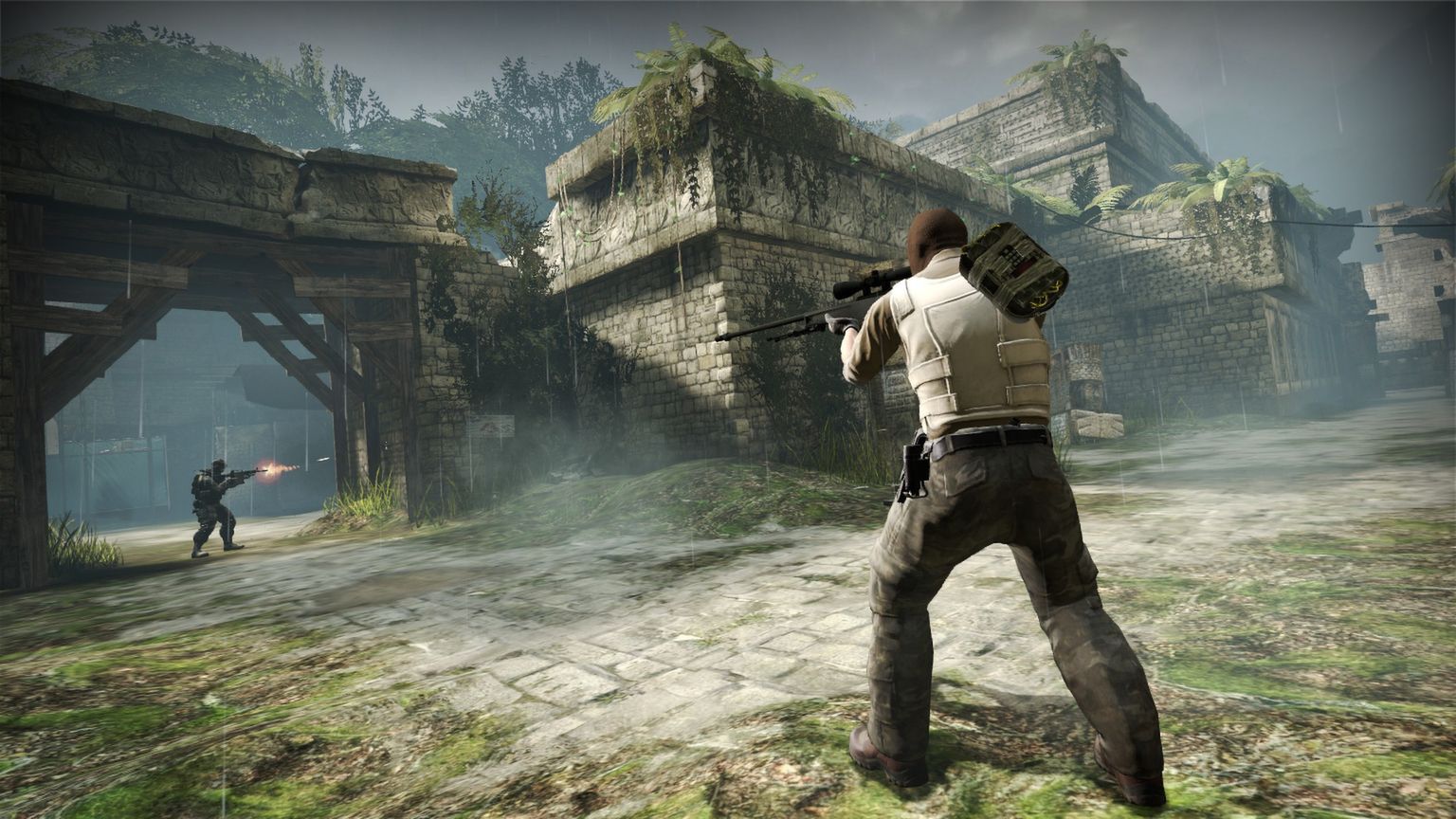If you’re a PC gamer, chances are that you either primarily play game’s through Valve’s Steam service or, at the very least, have an account on the platform. While it’s generally considered to be the most user-friendly, least intrusive bit of DRM available to consumers, it isn’t perfect, and there are moments where the program simply won’t launch. There are thousands of different work-arounds for this issue to be found on the internet, but it can occasionally be difficult to diagnose exactly what’s going on. Here are ten common reasons why Steam just won't open on your computer.
10 10. It’s Been A While Since You’ve Restarted Steam
Steam may be a great service, but it can also be remarkably fickle. If you’ve left your PC running for a few days with the program open in the background, there’s a high chance that it won’t operate correctly when you come back to it. The best course of action here is to bring up the task manager by hitting control+alt+delete and force-quitting the app. There are often multiple instances of steam running in the background, so it’s important to end all of them before going to reopen the program again. This is the most basic form of troubleshooting available, but it tends to alleviate minor issues most of the time.
9 9. It’s Been A While Since You’ve Restarted Your Computer
Restarting your computer may be a major pain, particularly if you don’t have a solid state drive from which to boot your OS. Yet, it’s something of a necessity. If a computer has been left on for days or even a week at a time, there’s no telling what exactly could go wrong. Fortunately, the tried-and-true motto for all tech support novices of ‘turn it off and turn it on again,’ is some of the most useful advice around. There are tons of moving parts working unseen behind both Steam and your own personal computer, and resetting them usually fixes whatever issue they may have developed.
8 8. You Have Too Many External Devices Plugged In At Once
This probably won’t be a problem for every Steam user, but the program often starts to behave erratically if you have too many peripherals hooked up to your PC at once. Everything from USB Wi-Fi receivers to bluetooth mice and PS/2 mechanical keyboards could interfere with Steam’s operations. Typically, all that’s really required to play a game on Steam is a mouse, keyboard, or controller at most. If you’re the kind of set-and-forget person liable to hook a bunch of ancillary stuff up to your computer and leave it be, that could prove troublesome when it comes time to actually launch the software.
7 7. You Haven’t Updated Steam
This may seem like a no-brainer given how frequent and automatic this process usually is, but Steam may be encountering some issues when it comes to updating. Typically, the program will check for new updates whenever it is opened and even download them right when they release whenever possible.
However, if the program hasn’t been closed in a while, multiple pending updates or a less-than-reliable internet connection may be preventing Steam from doing what it needs to do to run. This may be annoying, but the best course of action here would be to ensure that you have stable network access and manually check for updates regularly if you didn’t permit Steam to do so on its own.
6 6. Your RAM Is Either Overburdened Or Improperly Installed
PC construction can be a troublesome task—especially for a newbie—and even minute missteps can manifest themselves as odd technical issues once the system is up and running. Case in point, if your RAM card hasn’t been installed properly, that may result in Steam refusing to open. There are other telltale signs of this issue, of course, and most mid-to-high end PC titles likely will run with tons of issues or flat out won’t run at all. Check to confirm that everything is as it should be under the hood, and then reboot your system. There are tons of useful tutorials out there for diagnostics novices.
5 5. Your PCs Date and Time Settings Aren’t Correct
This may seem like a very trivial matter, but Steam actually gathers a bunch of miscellaneous data from your computer, and, should your date and time settings be incorrect, it could spell trouble for the software. Correcting these problems on Windows 10 can be as easy as right-clicking the taskbar, opening taskbar settings, then going to the ‘home’ tab. From there, a list of options should be displayed, one of which being ‘language & time.’ At that point, you can make the appropriate corrections, restart your computer, and try to launch Steam again.
4 4. Your Hard Drive Is Corrupt
This is everyone’s worst nightmare, but chances are that if you can make it to your desktop without encountering any major issues, you aren’t in for too drastic of a surprise. As with anything with moving parts, hard drives aren’t perfect and can sometimes inadvertently do away with important data. If this is the issue plaguing your system, you may have to re-download or reinstall Steam. Fortunately, Valve’s client is pretty good about picking up where it left off, so you can keep all of your downloaded games right where they are (assuming haven't also been corrupted) and the software will re-detect them once it comes time to start playing.
3 3. Third-party Antivirus Software is Preventing Steam From Opening
This is a more common occurrence than it really should be. Some antivirus services out there are particularly stringent about the activity they allow to run on your computer, and some will even block automatic process until you either grant approval or otherwise notice what’s going on. While Steam may not necessarily be everyone’s favorite example of DRM, the only real virus involved with the service would be the unchecked spread of bargain-bin Unity engine games available on the storefront. Check your antivirus settings and see if Steam is blacklisted for whatever reason. This can also happen with certain games, which could also alter the program’s behavior.
2 2. Steam’s Appchace is Preventing It From Launching
This may be a fairly rare issue, but Steam’s cache of application and user info can sometimes corrupt and leave the program inoperable. Steam’s appcache is intended to log a user's settings and habits in an effort to make the service function more smoothly in the future, but, if things don’t go as planned, that can totally backfire. Simply deleting the appcache folder from the local disk (or whichever disk to which you may have moved it) may remedy your Steam-related woes. Not to worry; getting rid of this folder is totally harmless as Valve’s software will just reinstall everything it needs once the program finally opens.
1 1. The Steam Servers Might Be Down
While this won’t necessarily prevent Steam from opening on your computer, it will make browsing the store and downloading games or mods totally impossible. Worry not, Valve hasn’t blacklisted your account (probably), it’s more likely a simple instance of the Steam servers being down. This happens from time to time, and it rarely lasts for more than a few minutes depending on where you live. You’ll still be able to play that games you’ve already installed on your computer provided they don’t require an internet connection, but just about everything else will be inaccessible until Valve finally fixes the problem.

